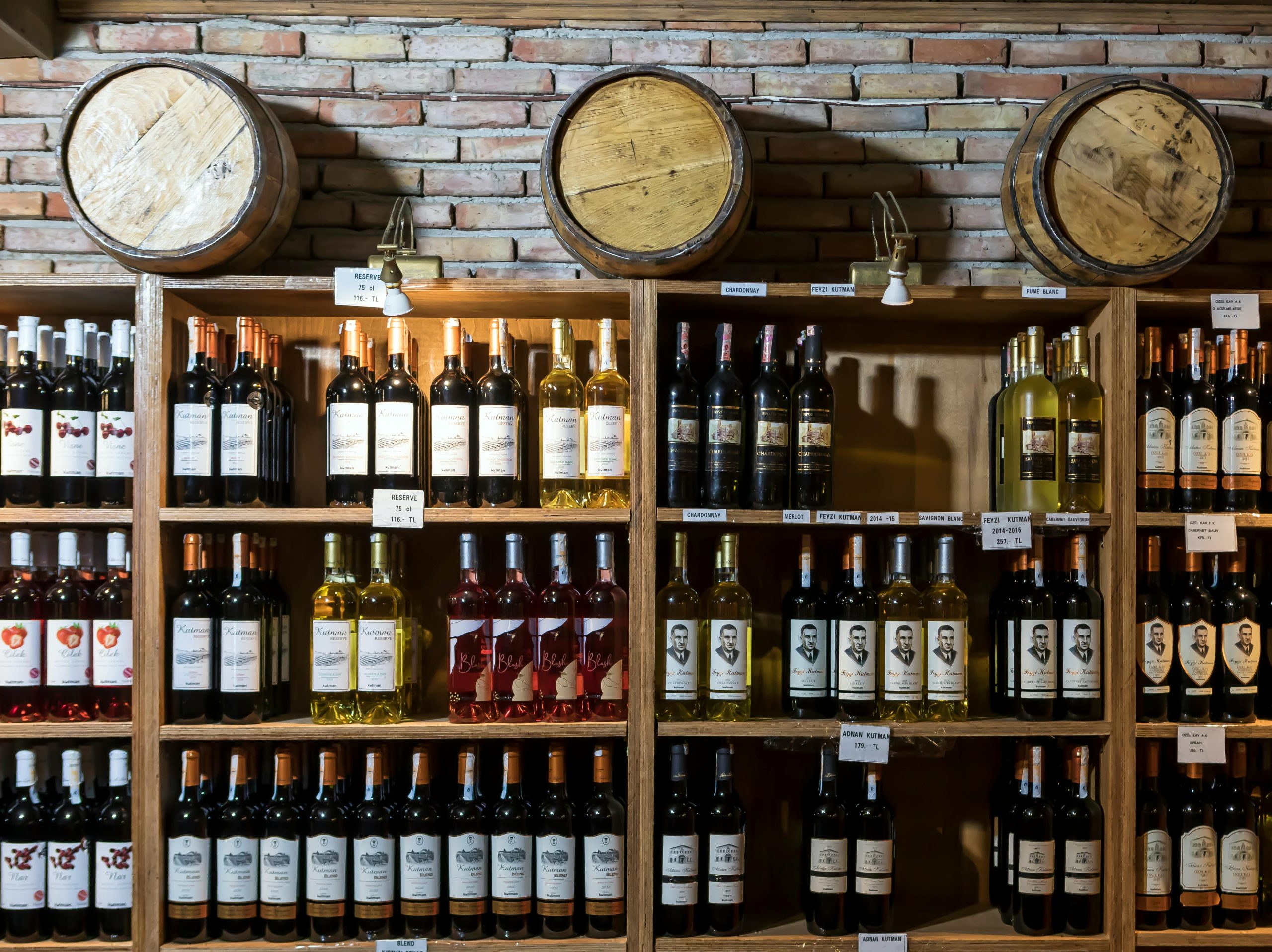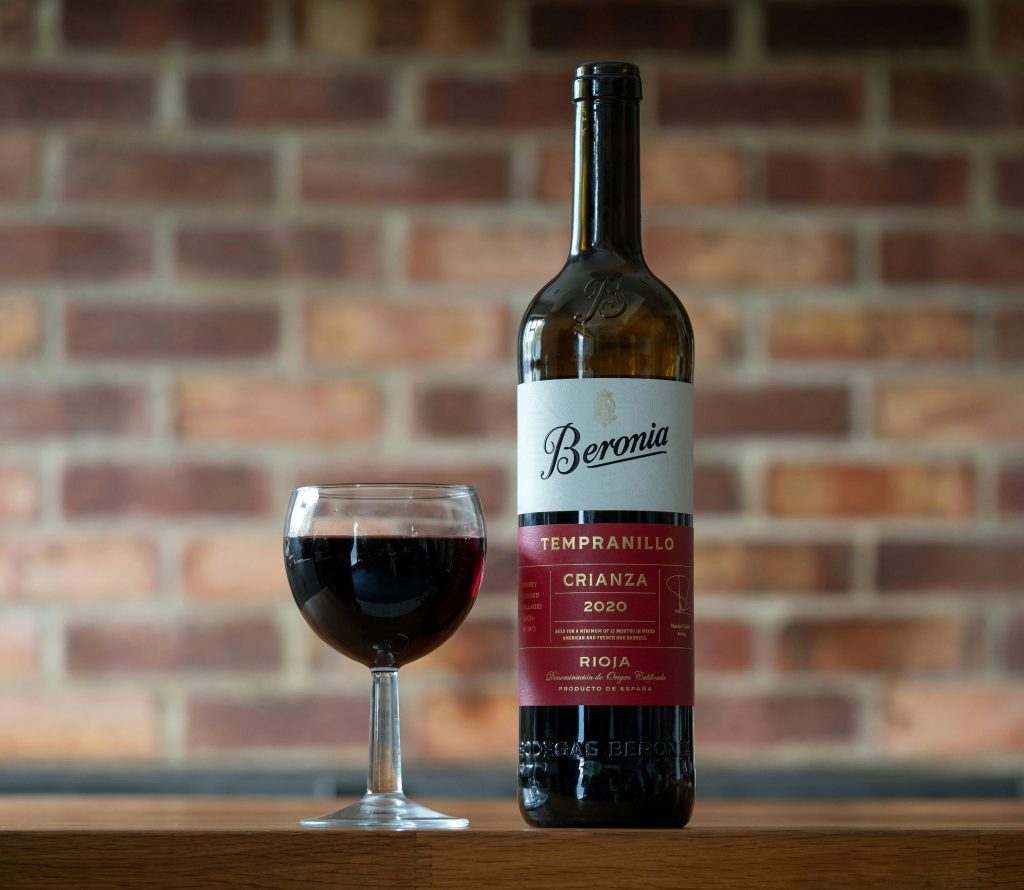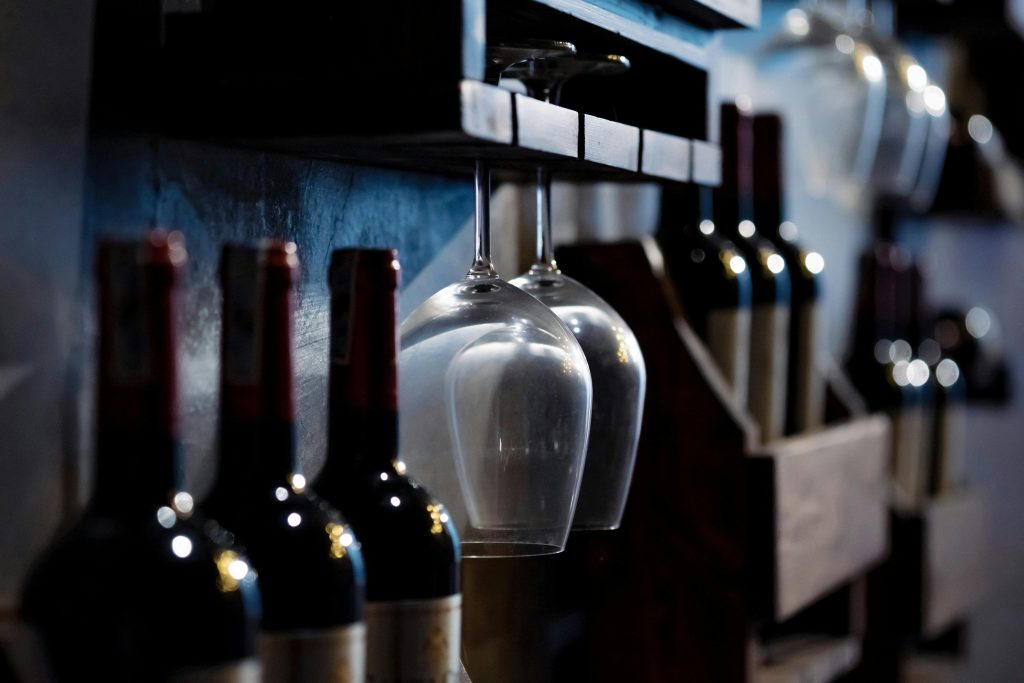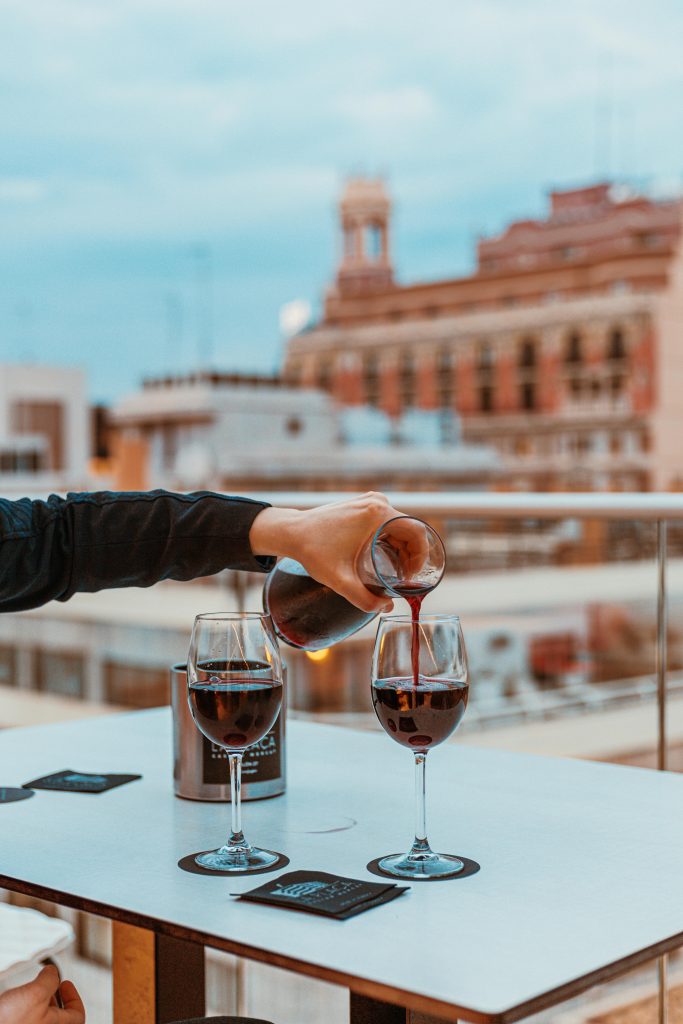
Have you ever opened a highly recommended bottle of Spanish Crianza wine, only to find it tasting a bit off? Maybe it was too acidic, or the flavors felt muted. I know that can be disappointing—especially when you’ve been looking forward to that perfect glass all week. Thankfully, there’s a good chance the wine itself isn’t the problem. More often than not, it comes down to how you store crianza wine.
Storing Spanish Crianza wine properly can make a huge difference in taste and aroma. The good news? Getting the hang of wine storage isn’t rocket science. You don’t need a fancy wine cellar with high-tech gadgets—though those are nice, of course. You just need a basic understanding of temperature, humidity, light control, and a few other important details. If you follow a few simple guidelines, your Crianza wines will stay in great shape, ready to deliver their signature blend of fruity elegance and subtle oaky notes whenever you decide to pop the cork.
So, let’s chat about what “Crianza” even means, why proper storage matters, and how you can set up an environment that will keep these Spanish gems tasting their best. I’ll also share some tips for avoiding common mistakes, along with a handy table showing approximate storage times for different categories of Spanish wines. By the end, you’ll feel more confident about stocking up on that next case of Crianza—without worrying that it will lose its charm before you get around to enjoying it.
What Is a “Crianza,” Anyway?
First things first: Spanish wine classifications can be confusing if you’re new to them. You’ll see terms like “Crianza,” “Reserva,” and “Gran Reserva” on labels, and you might wonder what all that means.
In a nutshell, “Crianza” wines are aged for a minimum of 12 months in oak barrels (for reds), followed by at least another 12 months in the bottle before hitting store shelves. This process gives them a balanced flavor profile that includes fruity notes (like cherry or plum) with hints of vanilla, toast, and spice from the oak aging.
If you’re curious about the full breakdown of what “Crianza” means in detail, check out this super helpful guide on
Crianza Meaning. It dives deep into the aging requirements and what sets these wines apart from their younger (Joven) and older (Reserva or Gran Reserva) counterparts. Understanding these fundamentals can help you appreciate why a wine has certain characteristics—and why storing it properly matters so much.
Why Proper Storage Matters
All wines benefit from proper storage, but to store Spanish Crianza wine, in particular, relies heavily on the interplay between fruitiness and oak-influenced complexity. If stored incorrectly, you could lose that delicate balance.
For instance, if the wine gets too hot, the heat can cause it to age prematurely, leading to dull flavors and even unpleasant, cooked notes. On the other hand, if it’s kept too cold, the maturation process slows down significantly, and you might not ever taste the full potential the winemaker intended.
Humidity, light, and even the orientation of the bottle also play a role. Remember that wine continues to develop in the bottle. So if you want your Crianza to maintain its aromatic and flavor structure, you need to store it in a place that mimics the kind of environment it “grew up” in: stable, cool, and dark, much like a traditional wine cellar.
By setting up the right conditions, you’re basically protecting your investment—not just in terms of money, but in the enjoyment you’ll get from every sip.

Setting Up Your Wine Storage: The Basics
You don’t need a sprawling wine cellar in the basement, but you do need a space where you can control temperature, manage humidity, and avoid direct sunlight or vibrations. A small wine fridge can work wonders. Or maybe you already have a cool, dark closet that stays relatively stable year-round.
Let’s break down the main factors you should watch:
- Temperature
- Humidity
- Light
- Bottle Position
- Time in Storage
We’ll explore each one in detail.
1. Temperature: The Golden Rule
- Ideal Range: Aim for around 55–60°F (13–15°C) for Spanish reds like Crianza.
- Why It Matters: If the space is too warm, wines can age too quickly, resulting in dull or “cooked” flavors. Too cold, and the wine’s aromatics might never fully develop.
- Practical Tips: If you can’t keep a dedicated wine fridge, find the coolest spot in your home. Basements often stay cooler, but make sure it’s not damp or moldy. Avoid kitchens and laundry rooms if possible, because these areas usually experience big temperature swings.
For many people, a small wine cooler (or wine fridge) is the easiest solution. You can set the desired temperature and not worry about it fluctuating if you open your regular fridge door to grab a snack. Plus, wine coolers are designed to maintain a humidity level that’s wine-friendly.
2. Humidity: Keep the Cork Happy
- Ideal Range: Around 60–70% humidity is usually recommended.
- Why It Matters: Corks need some moisture to stay sealed properly. If your storage area is too dry, the cork can shrink, letting oxygen slip in. Nobody wants a bottle of oxidized wine.
- How to Manage: If you live in a very dry climate, consider getting a small humidifier near your wine storage. If your space is too humid, a dehumidifier might be necessary.
Many wine coolers also come with humidity controls, but if you’re going the closet route, you’ll need to keep an eye on the environment. Some people place a small container of water in the closet to help regulate dryness, although that won’t make a massive difference if your air is extremely dry.
3. Light: Keep It in the Dark
- Direct Sunlight: Sunlight is the enemy of wine. UV rays can degrade the delicate chemical compounds that give your wine its flavor and aroma.
- Solution: Keep your bottles away from windows or bright lights. If your only available storage spot has a bit of natural light, consider wrapping the bottles in cloth or storing them in opaque boxes.
Sunlight won’t ruin your wine overnight, but over time, it can definitely impact the taste and color. Think of wine as a delicate houseplant that doesn’t like too much sun—except in the vineyard!
4. Bottle Position: Horizontal or Vertical?
- Why It Matters: Keeping bottles on their sides ensures the cork stays in constant contact with the wine. This helps prevent the cork from drying out.
- Short-Term vs. Long-Term: If you’re planning to drink the wine within a month or two, storing it upright is less of a problem. But for longer storage, horizontal is best.
Corks are old-school but still widely used because they allow a tiny bit of air exchange, which helps some wines develop over time. However, if the cork dries out, you may get too much oxygen, leading to stale or vinegar-like flavors.

5. Time: How Long Can You Keep Your Crianza?
Spanish Crianzas are already aged to a certain degree when they hit the market, usually for a couple of years total (with at least 12 months in oak). However, they can still evolve in the bottle for a few more years, depending on the quality and the grape variety.
- Enjoy within 3–5 years after release if you prefer fresh fruit flavors.
- You can keep some Crianzas up to 7–8 years if they’re from reputable producers and you store them carefully.
- Beyond that, the wine may start losing its fruit-forward charm, although it might gain some intriguing secondary notes if it has the structure to age gracefully.
Here’s a quick table to show recommended storage times for different categories of Spanish wines. Keep in mind these are just rough estimates, as exact aging potential can vary by producer and vintage.
| Wine Category | Aging (after release) | Notable Traits |
|---|---|---|
| Joven | Up to 2 years | Fresh, fruity, minimal oak |
| Crianza | 3–5 years (some up to 8) | Balanced, moderate oak influence |
| Reserva | 5–10 years | Deeper complexity, extended aging |
| Gran Reserva | 10+ years | Rich, layered flavors, long aging |
Common Mistakes to Avoid
1. Keeping Wine in the Kitchen or Garage
Kitchens are a hot spot for temperature fluctuations (think about how much it heats up when you’re cooking!). Garages often get too hot in summer and too cold in winter. Consistency is key when it comes to wine.
2. Storing Bottles Near Strong Odors
Wine “breathes,” even through the cork. If it’s next to paint, cleaning chemicals, or even pungent foods, those aromas can seep in over time. It’s best to keep wine in a neutral-smelling area.
3. Buying More Than You Can Store
It’s tempting to stock up when you find a great deal on Crianza. But if you don’t have the space or conditions to store it all properly, you risk spoiling what you can’t drink soon. It’s better to build a smaller collection you can maintain well.
4. Forgetting to Check Bottles Periodically
Bottles can develop leaks, or corks can fail—especially if your storage space has humidity issues. A quick inspection every month or two can help you catch problems early. Look for signs like sticky residue on the bottle top or wine stains on the cork.
Extra Tips for the Budding Wine Enthusiast
- Label Everything: It might sound obvious, but it’s easy to lose track of which bottle is which when you’re dealing with multiple vintages or producers. You can label shelves by region, grape variety, or specific wineries.
- Use a Wine App: There are several smartphone apps that let you track your wine collection, including ideal drinking windows and tasting notes. Keeping organized helps you remember what you have on hand and when it might be at its peak.
- Plan Pairings: When you store your wine properly, you’ll always have a bottle ready to shine at dinner parties. Spanish Crianza pairs beautifully with grilled meats, roasted vegetables, and savory tapas. You might keep some mental notes (or a list) of what dishes go best with certain bottles.
- Educate Yourself: Wine is a massive world. If you’re curious about the various terms on Spanish wine labels—beyond Crianza—feel free to check out Decoding Wine Labels: What Do All Those Terms Really Mean? This guide helps you understand everything from region-specific classifications to fancy-sounding French terms. The more you know, the easier it becomes to pick wines you’ll love and store them correctly.

The Enjoyment Factor
At the end of the day, wine is all about enjoyment—savoring a glass (or two) with friends, celebrating life’s big and small moments, and exploring new flavors. Proper storage is just a means to that end. It’s not about being pretentious or following strict rules for the sake of rules. Instead, think of it as setting the stage for your wine to perform at its best.
Take pride in your small stash of Spanish Crianza wines, knowing you’re giving them the respect they deserve. When you finally open a well-preserved bottle and it tastes amazing, you’ll realize it was totally worth the extra effort.
Final Thoughts
Spanish Crianza wines are a real treat. They’re approachable enough to open on a regular weeknight with dinner, yet refined enough to serve at your next gathering with friends. When you store crianza wine the right way, you ensure they’ll always be at their best. That means fewer disappointments, more delightful sips, and a deeper appreciation for the care and craftsmanship that went into making each bottle.
Whether you’re stocking up on a couple of bottles or filling an entire wine rack, following these simple tips will help you maintain the integrity of your Spanish Crianza wines. Don’t forget to keep learning. Wine is an ever-evolving hobby, and there’s always something new to discover—especially in the world of Spanish reds.
So go ahead: find a cool, dark nook, set up those racks, grab a small humidifier if you need it, and tuck those Crianza bottles in for a nice, well-deserved rest. When the moment is right and you finally uncork one, you’ll be glad you gave it the perfect environment to shine.